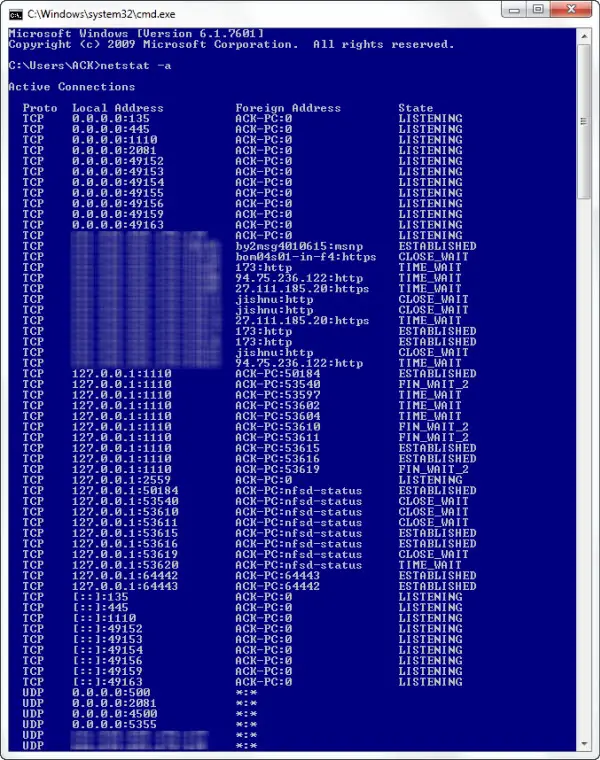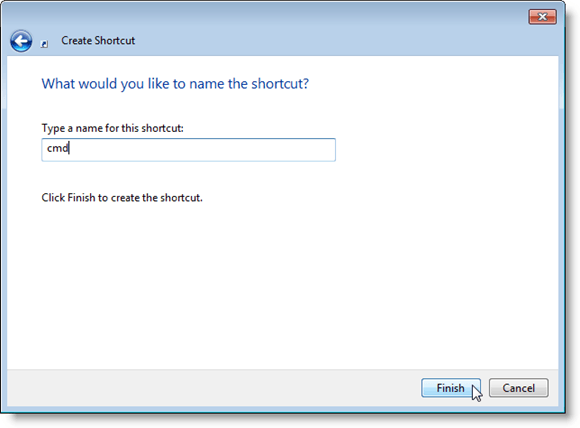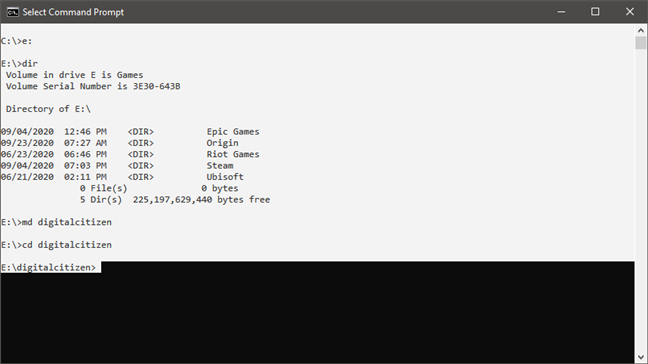

Command prompt hotkey windows#
However, it does not give you detailed information about your Windows version, such as the version number or the OS build number.
Command prompt hotkey install#
The system information window therefore contains all the information you need in order to install new programs. You can also see whether or not your Windows version is activated. The next section shows the name of your computer and network domain settings. The window also contains an overview of the technical characteristics of your system, for example: processor architecture, installed memory (RAM) and system type (i.e. Under the heading “View basic information about your computer”, you will see the name of your operating system, e.g. A system information window will appear.Simultaneously press the key and the key.On newer systems, the steps are as follows: Then you can press F3 to complete the command or type it manually.The quickest way to find out your Windows version is using a keyboard shortcut. Windows 7, 8 or 10), and you can also see the version number and the build number. This shows what Windows version you have installed (e.g. This will open the command prompt in a new tab. This will print all the characters upto “x”. open the folder you want in the command prompt via the explorer f4 ctrl a ctrl c win r cmd /k cd ctrl v enter which grabs the current path from the address bar of explorer and executes cmd /k cd PATH. Press the keyboard shortcut Windows key + R. To open the command prompt, click on the down arrow next to the ‘+’ in the bar above. Instead of retyping the whole thing, I can say F2 and then say x. Fix 2: Create a Shortcut If you’re having trouble opening the Command Prompt because you’re having problems with the Start menu or the Windows Search, you can try creating a shortcut to it in your desktop. When prompted by the User Account Control (UAC), click Yes to allow the app to.

Say I want to run the command “nslookup but wrote “nslookup in a hurry. Press the Windows + X keyboard shortcut, then select Command Prompt (Admin). Either type the whole command again or a better option is the F1 key.į1 prints characters of the previous command one by one.Īlternatively, you can press F2 to copy a certain number of characters from the previous command to the current one.

You know the frustration when you type some long command only to realize that you made a typo or omitted typing some character. Very useful if you have to run some command repeatedly.Ĥ. If you have a long list of commands in the history, press the function key F7 to navigate through the history list using the arrow keys.Īnd if you already know the command number, press F9 and directly type that number. Navigate the Command History using Keyboard

That %time% will append the current timestamp to the Window’s title.ģ. That’s like a neat watermark when you are using that screenshot for your website. Chant the Title of the Window to reflect the current timeĭo you know that you can put your name or your blog address in the title of the command prompt window. To revert to the original color scheme, type color without any arguments.įor a list of all available colors, type color /? on the command line.Ģ. Change the color scheme of the DOS WindowĬolor bf - where b is the background color while f is for the foreground color (they are hex codes).įor instance, if you want to have a white background with black text, type color F0 and press enter. The keyboard shortcuts are known to work in Windows Vista and XP command prompt.ġ. You will also learn about hotkeys for executing DOS commands more quickly. We look at some useful keyboard shortcuts and commands that will help you personalize the MS-DOS Command Prompt Window without using the mouse.


 0 kommentar(er)
0 kommentar(er)
